Which Great Wall is the Greatest? Posted by sasha on Jun 19, 2013 in Culture
Seeing as how this month has already featured a few posts on the most famous Wall in the world (sorry, Berlin Wall) – the Great Wall Music Festival, how to sleep on the Great Wall, and a video highlight of said overnight camping trip – I figured we’d just keep on going. As I have previously mentioned, there are many options for visiting the Great Wall (长城 – cháng chéng) from Beijing. The most developed section – which is also the easiest to go to and thus the place most tour buses pull up to – is Badaling (八达岭 – bā dá lǐng). I’ve never been to Badaling myself, but I’ve seen the photos and heard the stories, and it just doesn’t appeal to me. I’d rather see nothing but the landscape than hordes of people pushing for a photo opp when I visit the Great Wall. In my years living in Beijing, I have managed to visit many sections of the Wall. To give you a better idea of what your options are and how to make these trips happen, here’s an introduction to five different sections of the Great Wall of China:
Mutianyu (慕田峪 – mù tián yù)
Next to the Badaling Great Wall, Mutianyu is probably #2 in terms of its development for tourism. There’s both a cable car and a toboggan to take visitors up and down, which are great if you’re feeling lazy or just want to have some fun sledding down the Great Wall. You’ll find plenty of touts both outside of and on the Wall, trying to sell you all sorts of stuff. There’s even a Subway right near the entrance. So yeah, it’s pretty developed (and not necessarily in a good way, if you ask me). That being said, it is still a great hike along the Wall with stunning views of the surrounding hills (on a clear day, of course). The path has been restored here, so it’s not too adventurous – just a lot of up and down stairs. Slick Willy Clinton even visited the Mutianyu Great Wall, which he apparently said was “very beautiful, very grand, more beautiful and grander than what I imagined.” It’s pretty easy to get here from Beijing via public bus, and there are also a variety of guesthouses and restaurants in the surrounding villages so you could even stay for dinner or overnight.
Transportation: Take bus #867 from Dongzhimen at either 7 AM or 8:30 AM. If you miss those, just jump on bus #916, take it to Huairou county, and change to either a mini-bus or cab.
Cost: An entrance ticket is 45 RMB for adults and 25 for children. The cable car and slide both cost extra, and you can buy one-way or round trip tickets.
Jiankou (箭扣 – jiàn kòu)
This section of the Wall actually connects with Mutianyu, and it is far less developed and thus much less crowded. You will not find a ticket office here; however, you will find a local villager charging a few kuai for hikers to use his homemade step ladder in order to access the Wall. The steep mountains, beautiful scenery, and overall rugged feel of the Jiankou section make it a great place for those more interested in challenging hikes and adventure than simply getting that “I climbed the Great Wall” t-shirt. Camping is also allowed on this part of the Wall, so you could bring your tent and sleeping bag along for a real adventure. Many hiking groups often make a Jiankou to Mutianyu trek, which I did a few years ago and can highly recommend. Otherwise, it’s still possible to get yourself there by a mixture of buses and cabs.
Transport: Take either bus #916 or #936 from Dongzhimen and get out to Huairou. Just have the name of the Jiankou Great Wall written out in Chinese or saved on your phone, and someone will either point you to a mini-bus or offer to drive you there. Be sure to haggle, as drivers tend to rip off tourists.
Cost: You may have to pay a local guy 2 RMB to use his ladder, but that’s about it!
Huanghuacheng (黄花城 – huáng huā chéng)
As the entire village underneath this section of the Wall is immersed in a sea of yellow flowers during the summer months, it is called the “Yellow Flower Wall.” While the initial climb up is steep and difficult (bring plenty of water in the summer), the views from the top more than pay off. At this section, you’re treated to views of the hills and a lake. Hiking along is relatively easy at times, and quite difficult at others. This one is definitely for those with a higher level of fitness – no cable car or slide here. It’s also located in Huairou district, so it’s convenient to get there from the city center.
Transport: Get yourself to Huairou first on bus #916 and then switch to a mini-bus or cab.
Cost: An entrance ticket costs 34 RMB.
Jinshanling (金山岭 – jīn shān lǐng)
This section includes a longer trek than the others, as it is actually located in Hebei province about 125 km northeast of Beijing. Parts of the Wall here have been restored, while others are falling apart; this makes for an interesting contrast and some great photo ops. Previously, you could hike from Jinshanling to Simatai, which involved crossing a suspension bridge and then having the option of taking a zipline ride down over a small lake. As Simatai is under construction, this option is not available at the moment, but it will supposedly be back this October. Alternatively, you can hike the other way and go from Jinshanling to Gubeikou. I camped here back in 2009, but on a recent visit we saw a sign that said “no camping,” so I’m not sure if the rules have changed since then.
Transport: There’s a special tourist bus that runs here from a long distance bus station just north of the big hub at Dongzhimen. It only operates on the weekend and it leaves at 7:30 AM sharp, so don’t miss it! Otherwise, you’re going to get stuck paying a hefty fee for a cab from Miyun county (200-300 round trip).
Cost: It’s 65 RMB/person from March to November, and 55 in the winter.
Gubeikou (古北口 – gǔ běi kǒu)
At the Gubeikou Great Wall, there are two different areas you can visit – the Crouching Tiger Mountain (卧虎山 – wò hǔ shān) or the Coiling Dragon Mountain (蟠龙山 – pán lóng shān) – this one obviously wins for the coolest name. You will not find huge crowds out here, just small groups of hikers in the morning. If you wait until the afternoon to visit, you may find the Wall to be devoid of people as far as the eye can see. The scenery here is absolutely stunning on a clear day, and there’s one watchtower that has been restored and makes a perfect place to set up a tent and sleep under the stars. It takes a little bit longer to get here than other sections, but the extra time spent on the bus definitely pays off.
Transport: From Dongzhimen, take bus #980 out to Miyun County. Get off at the Drum Tower and then switch to mini-bus #25. Take it to the end, and you’ll be right there near both sides of the Wall. You might need to pay a driver 10 RMB or so to take you to the gate.
Cost: A ticket is 25 RMB/person here.
Wherever you decide to go, you really can’t go wrong with an excursion out to the Great Wall. I’m often amazed when I meet local Beijingers who have never even been to the Wall (plenty of my students fall into this category); at the same time, they’re always amazed to hear that I’ve been there over 10 times to multiple sections, for hiking, camping, and even a music festival. If you have any questions, comments, or tips to share about visiting the Great Wall, please feel free to leave them here!

Build vocabulary, practice pronunciation, and more with Transparent Language Online. Available anytime, anywhere, on any device.
About the Author: sasha
Sasha is an English teacher, writer, photographer, and videographer from the great state of Michigan. Upon graduating from Michigan State University, he moved to China and spent 5+ years living, working, studying, and traveling there. He also studied Indonesian Language & Culture in Bali for a year. He and his wife run the travel blog Grateful Gypsies, and they're currently trying the digital nomad lifestyle across Latin America.



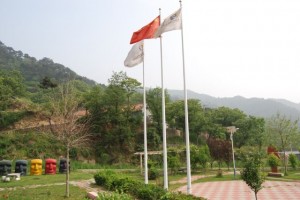
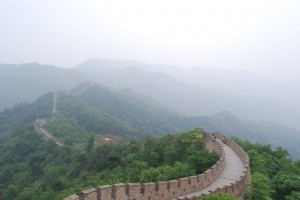
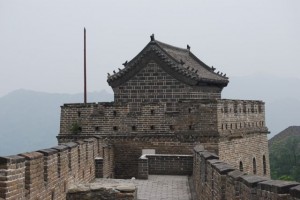
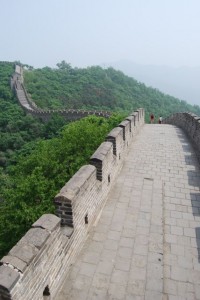
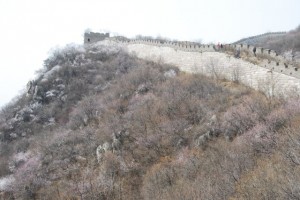
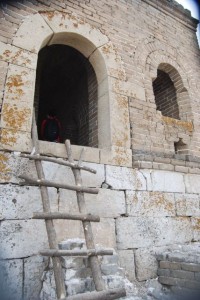
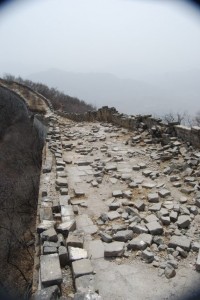
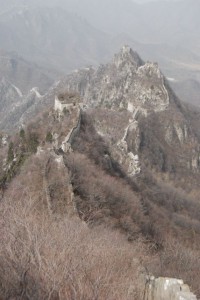
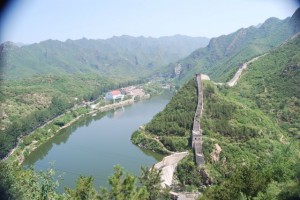
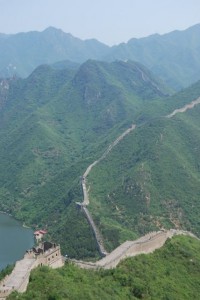
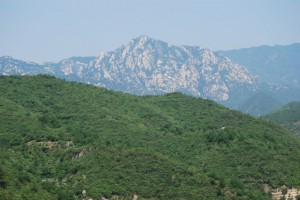
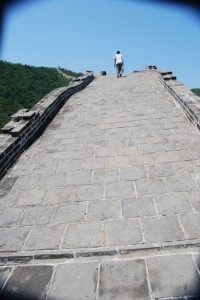
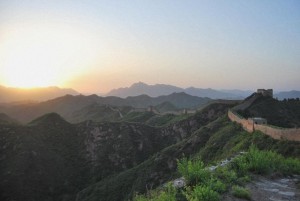
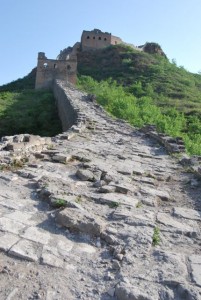
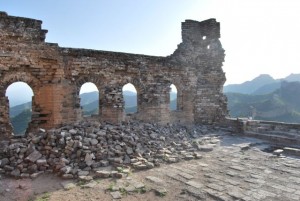
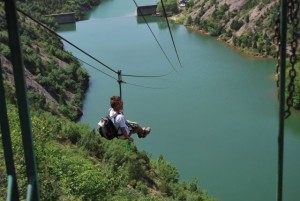
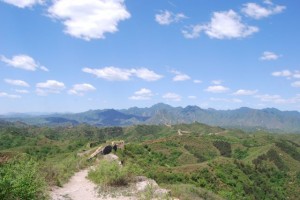
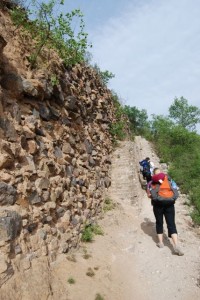
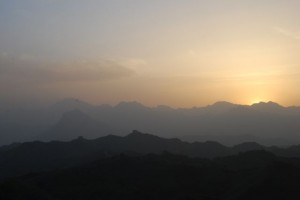
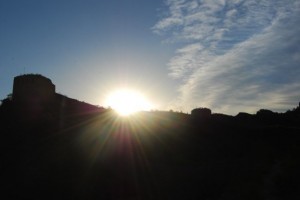

Comments:
Eizabeth Marshall:
I’ve been to three of these places on the Great Wall. Badaling, Jinshanling, and Mutianyu.
My favourite was Mutianyu, mainly because I was there in the winter, and it was absolutely beautiful with snow lying about.
Badaling is noisy and very touristy, but an interesting experience for the commerce that takes place there.
Jinshaling was part of the route when I was a tour guide for a tour company a few years ago.
Badaling is the place to go if you have a very limited time in Beijing, as it is quite close.